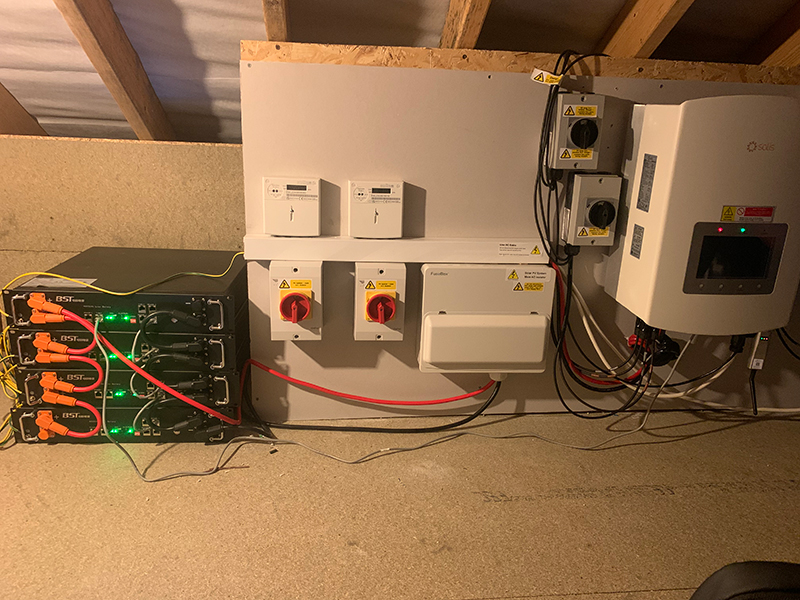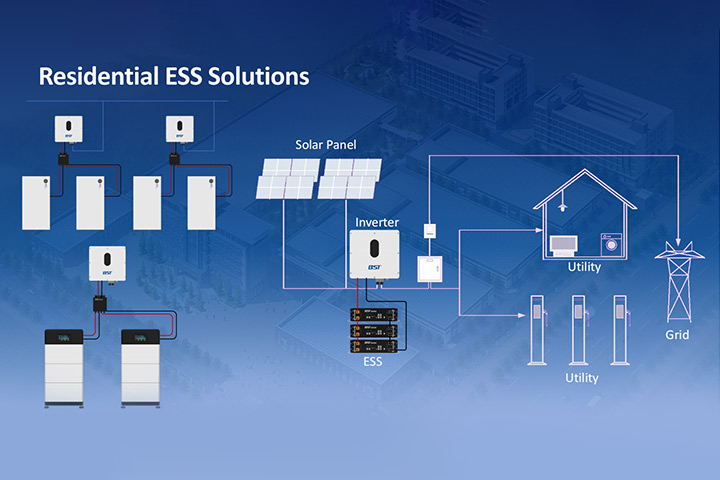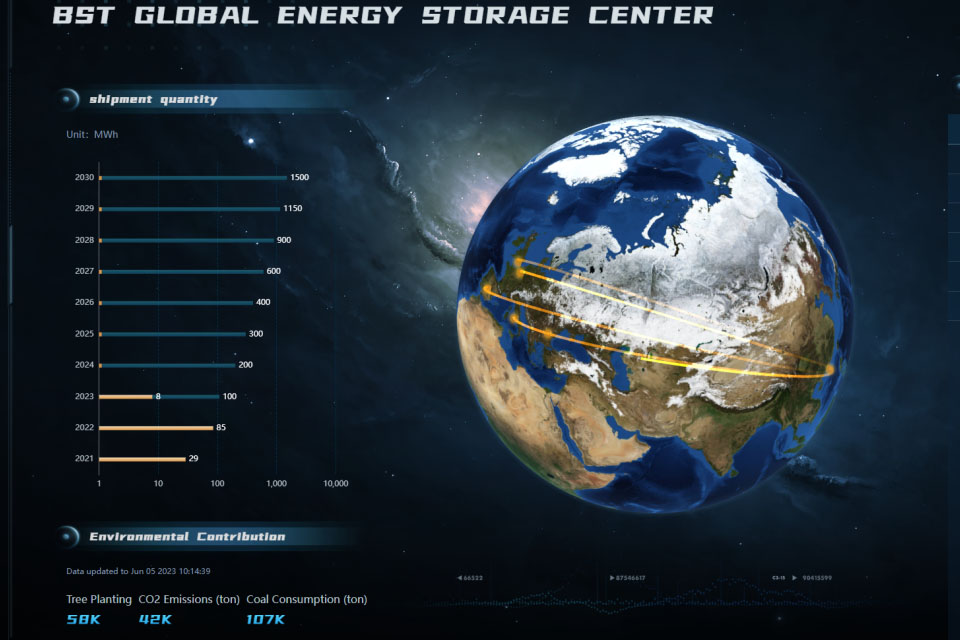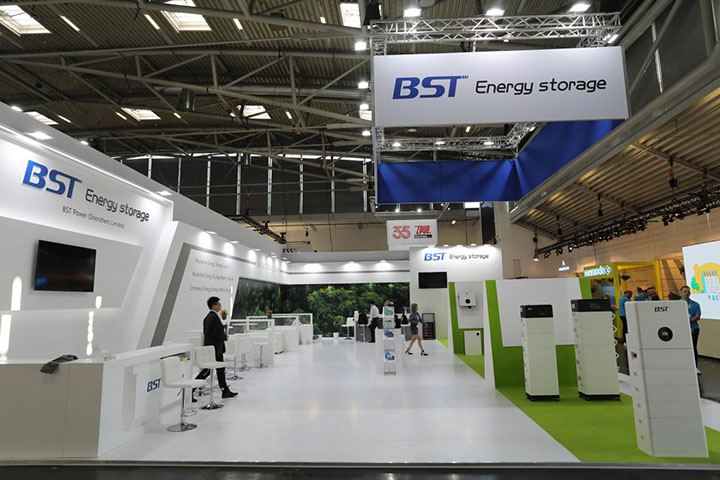As demand for energy independence and grid resilience increases, home energy storage systems (HESS) are playing a critical role in both off-grid and backup power applications. For installers and B2B energy solution providers, understanding the technical considerations, system configurations, and customer expectations is key to staying competitive.

In this article, we’ll break down the essential knowledge installers need when offering HESS for off-grid and backup use—and how to choose the right system for long-term performance and customer satisfaction.
1. Off-Grid vs. Backup: What’s the Difference?
Off-Grid Systems
- Primary source of power: Used in areas without grid access or for customers seeking full energy independence.
- Key requirement: Must be able to run 24/7 with solar or wind inputs and handle high peak loads.
- Common users: Remote homes, cabins, rural properties, eco-villages.
Backup Systems
- Secondary source of power: Designed to kick in during power outages.
- Key requirement: Fast response time and seamless switchover from the grid.
- Common users: Urban households, commercial offices, healthcare facilities.
✅ Tip for Installers: Clarify whether your client wants full off-grid independence or backup for outages. This affects everything from system design to inverter and battery sizing.
2. Key Components of a Home Energy Storage System
Installers should ensure the system includes:
- Battery Bank: Lithium-ion (LiFePO4) is now the preferred chemistry for safety, cycle life, and energy density.
- Hybrid Inverter: Must support solar charging, grid interaction, and AC/DC load management.
- Charge Controller: Crucial for solar inputs; some hybrid inverters have this built in.
- Battery Management System (BMS): Monitors cell status, ensures safety, and extends battery life.
- Monitoring System: Cloud-based or app-based platforms enhance customer experience and remote diagnostics.
3. Choosing the Right Battery: LiFePO4 Leads the Way
For both off-grid and backup systems, LiFePO4 batteries offer clear advantages:
| Feature | LiFePO4 Battery | Lead-Acid Battery |
|---|---|---|
| Cycle Life | 6,000+ cycles | 500–1,000 cycles |
| Depth of Discharge | 80–90% usable | 50% usable |
| Temperature Range | -20°C to 60°C | 0°C to 40°C |
| Safety | Excellent | Medium |
| Maintenance | Maintenance-free | Regular checks required |
💡 Installer Insight: For off-grid use, always recommend high-capacity, long-life LiFePO4 batteries that can handle continuous cycling.
4. Sizing Matters: How to Calculate System Requirements
To deliver reliable performance, installers should:
- Calculate Load Requirements: Identify all critical appliances and their daily energy consumption (kWh).
- Determine Peak Load Capacity: Consider startup surges from motors, refrigerators, etc.
- Evaluate Autonomy: How many days of backup do they need during poor sunlight?
- Factor in Efficiency Losses: Include inverter loss (10–15%) and temperature effects.
📊 Example:
- Daily Load: 10 kWh
- Required Battery: 10 kWh × 2 days / 0.9 efficiency = ~22 kWh LiFePO4 storage
5. Grid-Tied with Backup vs. True Off-Grid Systems
| Feature | Grid-Tied with Backup | Off-Grid System |
|---|---|---|
| Grid Support | Yes | No |
| Battery Use Frequency | Rarely (only during outages) | Daily |
| Complexity of Installation | Medium | High (full system autonomy) |
| Ideal For | Homes with grid access | Remote or eco-conscious users |
6. Certifications and Safety Considerations
Installers serving global clients must ensure:
- Certifications: CE, UL1973/UL9540, UN38.3, IEC62619.
- Fire Protection: Especially for indoor installs.
- IP Rating: Outdoor systems need IP65+ enclosures.
- Scalability: Modular systems offer future-proofing and easier maintenance.
7. System Integration and Monitoring
Modern customers expect smart, connected systems. Make sure your solution supports:
- Real-time remote monitoring (via app/web)
- Energy flow visualization (solar input, battery status, load usage)
- Remote firmware updates
- Alert and diagnostic functions
8. Installation Best Practices
- Site Assessment: Verify roof orientation for solar, space for battery/inverter.
- Proper Ventilation: Especially for indoor batteries.
- Cable Sizing & Routing: Oversized DC cables reduce voltage drop.
- Commissioning Checklist: Ensure correct inverter modes, battery recognition, system logging.
🔧 Pro Tip: Offer on-site training or remote video support during commissioning to reduce errors and boost installer confidence.
9. Partnering with the Right Supplier
When targeting off-grid and backup projects, reliability and after-sales support are critical.
What Installers Should Look For:
- Battery warranty of 10+ years
- Technical support availability
- Custom OEM/ODM system solutions
- Flexible voltage options (12.8V, 24V, 48V, or high-voltage)
- Scalable BMS with RS485/CAN protocols
Conclusion: Helping Clients Stay Powered, Always
For installers working with homeowners who demand energy independence or backup power security, offering the right home energy storage system is not just about product specs—it’s about peace of mind. Whether for off-grid cabins or backup for urban homes, your role is to deliver a solution that’s safe, smart, and reliable.
✅ Why Partner with BST Power?

- ✅ UL/CE/IEC certified LiFePO4 batteries
- ✅ Complete systems from 12.8V to high-voltage stackable units
- ✅ Real-time monitoring and modular BMS
- ✅ Global export experience and technical support
Power your future projects with BST. Let’s build smarter, safer homes together.
📩 Contact us today for a system proposal tailored to your installation needs.



